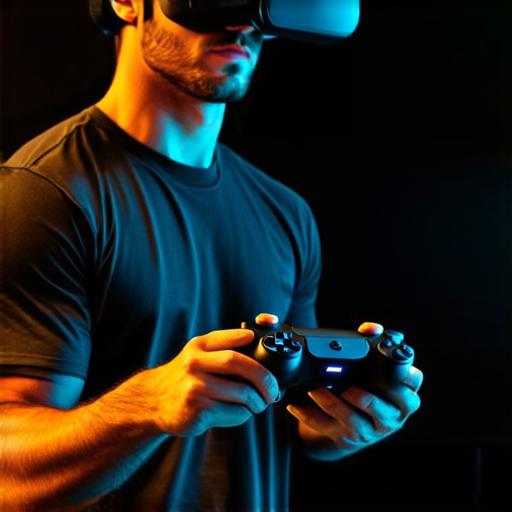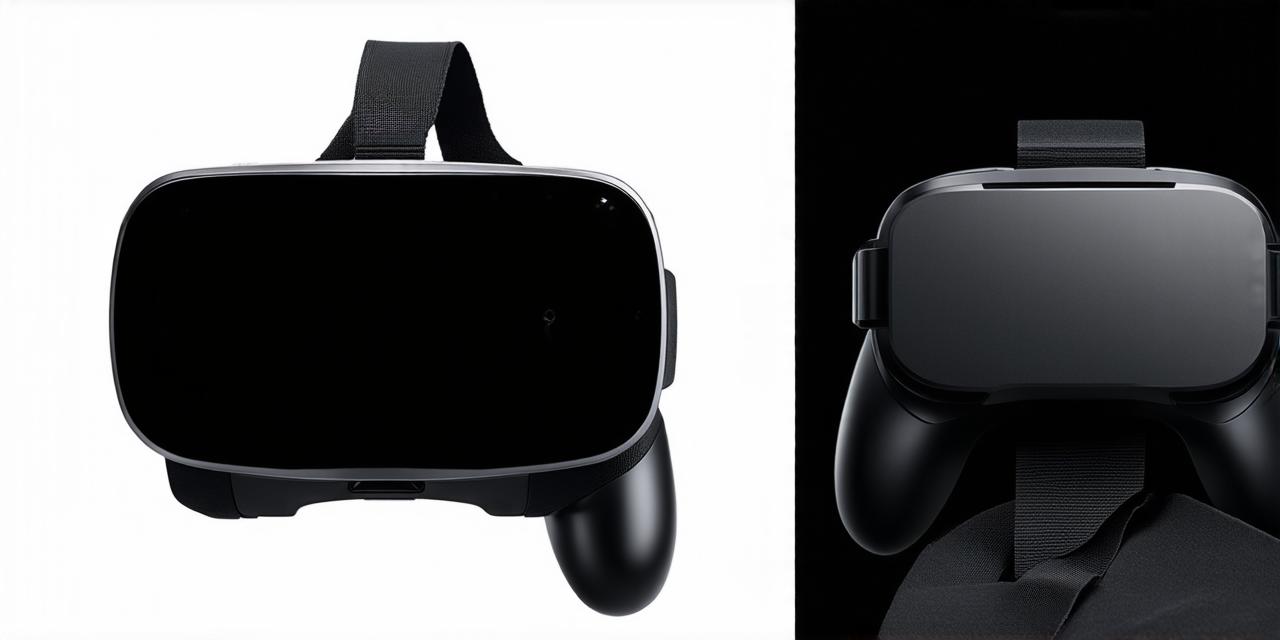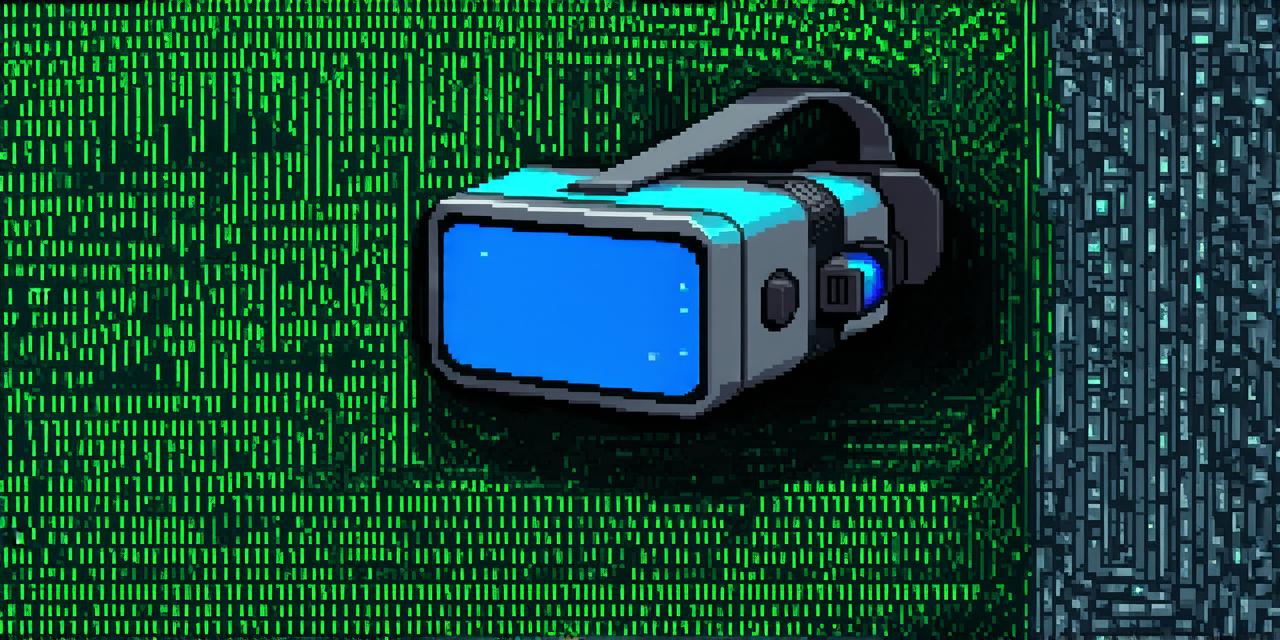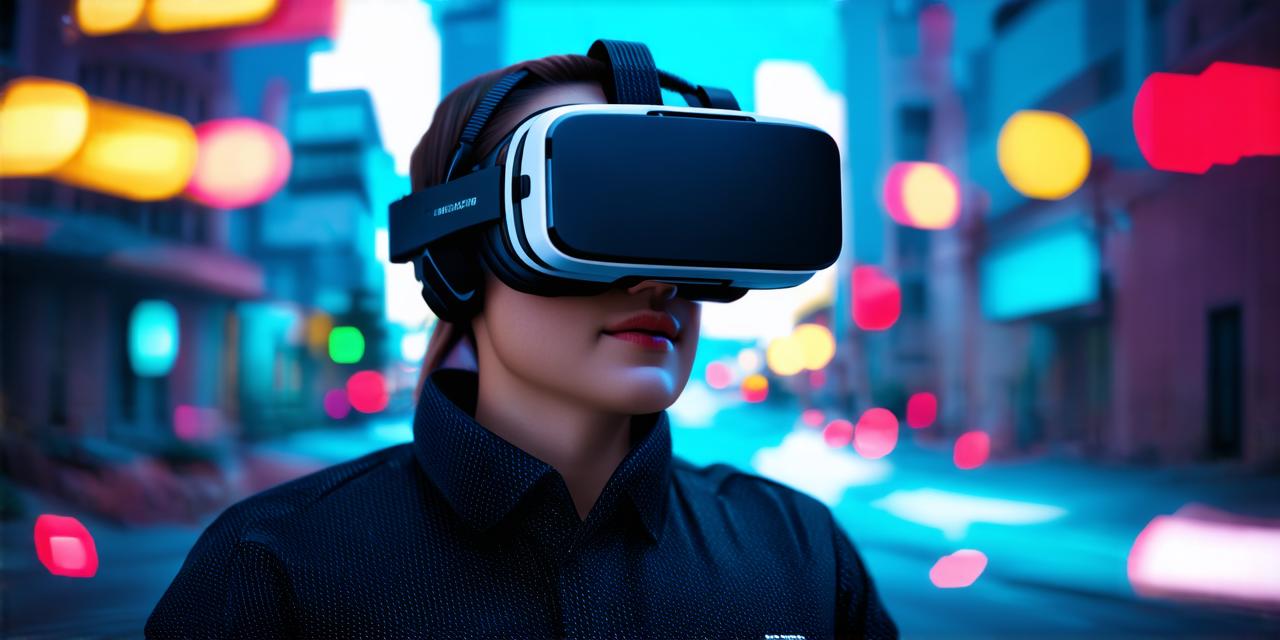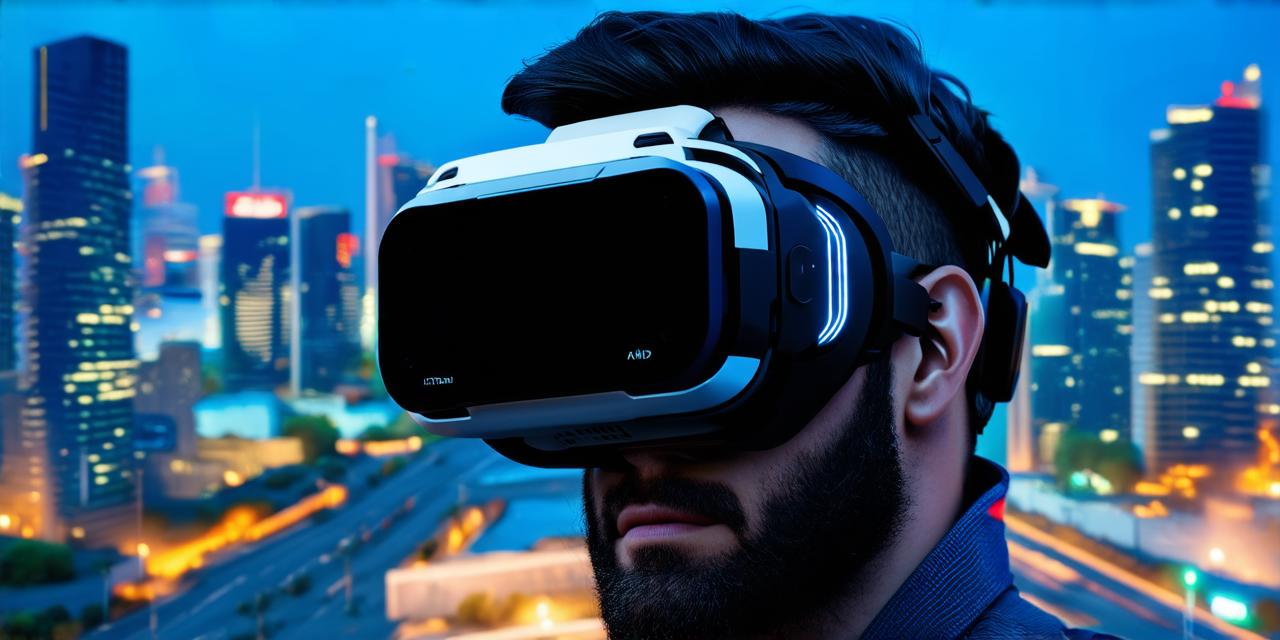Virtual reality (VR) refers to a technology that simulates a 3D environment in which users can interact with virtual objects as if they were real. The aim of VR is to create an immersive and interactive experience, allowing users to feel like they are physically present in a different world.
How does Virtual Reality work?
Virtual reality works by creating a simulated environment that is projected onto a screen or display. The user wears a special headset or glasses that blocks out the real world and displays the virtual environment in 3D. The headset typically has sensors that track the user’s movements, allowing them to look around and interact with virtual objects as if they were real.
The VR experience is often enhanced by the use of controllers, which allow users to interact with virtual objects in a more natural way. For example, a user might hold a controller like a handheld gamepad, or wear gloves that are equipped with sensors that track the movement of their hands.
In addition to headsets and controllers, VR technology also relies on sophisticated software algorithms that simulate physical interactions between virtual objects. This allows users to feel as if they are physically interacting with virtual objects in a way that is similar to how they would interact with real objects.
Overall, virtual reality is a highly immersive and interactive technology that has the potential to revolutionize many industries, from gaming to healthcare to education. By allowing users to experience a simulated environment in which they can interact with virtual objects as if they were real, VR offers an unprecedented level of immersion and engagement.
